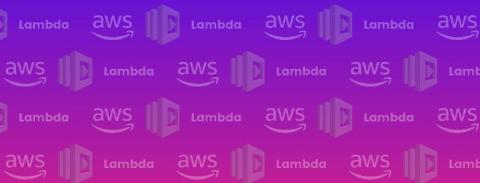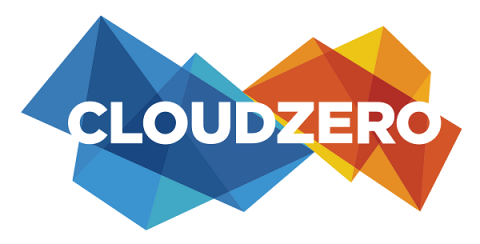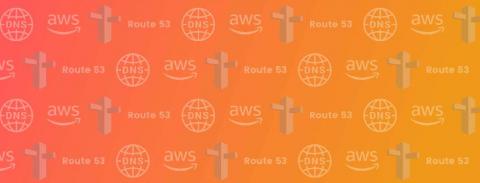A month after switching from Slack to Discord in a tech startup
Nowadays, Slack is often the default choice for an online communication tool in the tech industry. Startups, enterprises, open-source projects - they all use Slack to communicate within their organization but sometimes also with their users and community. Our startup was no different. In this article, I explain what made us look for Slack alternative and what are our impressions after a month of switching to Discord, so you can learn from those before you make your decision.











